
Exclusive: Ultraviolette Claims Over 200km Range For the Updated F77
- Feb 3, 2022
- Views : 20564

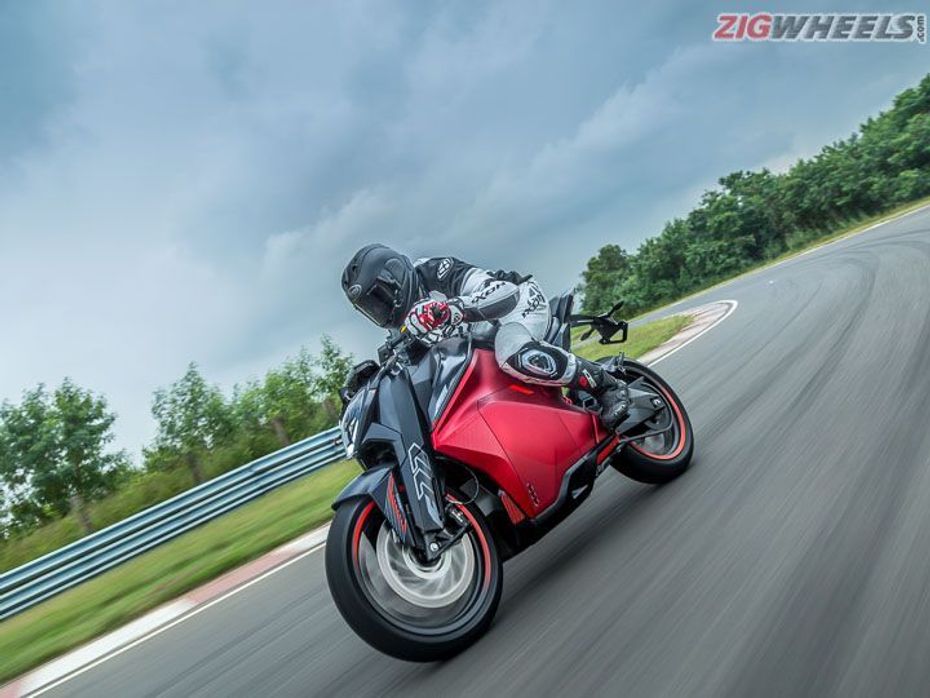
Ultraviolette got everyone excited in 2019 when they unveiled the fighter jet-inspired F77 that was going to go on sale “soon.” The electric sportbike did feel exciting and promising when we belted it at the racetrack shortly after; but, it also showed us that the motorcycle was far from production-ready. UV promised to get it on the roads by late 2020. As the world figured out how to live with masks and supply chain shortages the timeline stretched further, the F77 used that time to become stronger–or so UV tells us.
Now, finally, the F77 is almost here. So we caught up with team UV to find out what they have been up to, and to know what we can expect from the F77 now.
ZW: It was hard to miss that the F77 has been out doing some torture tests recently - it's been on your social media handles. But why would an electric sportbike be put through an ADV torture test?
Narayan: So we have tested in urban scenarios, but just because it is electric doesn’t need to have a purely urban connotation. We wanted to get some idea for ourselves about how far we CAN push the bikes beyond the roads. That was the reason to pick the abusive locations. It was a program to test the robustness of the chassis, the software tuning, the electronics and the experience of taking the bike beyond the asphalt.
We had a plan to do some mild testing at first and then ramp up the difficulty as we went along. But, as it happened, the tests scheduled for week 3 and week 4 (of the testing program) were happening on day 2! The testing team would come up to me with crazy ideas - let's go up this staircase (not down!), or let's go to the beach even though the forecast is very heavy rain! My response was, yeah! That’s the whole point of being here, let’s go for it!
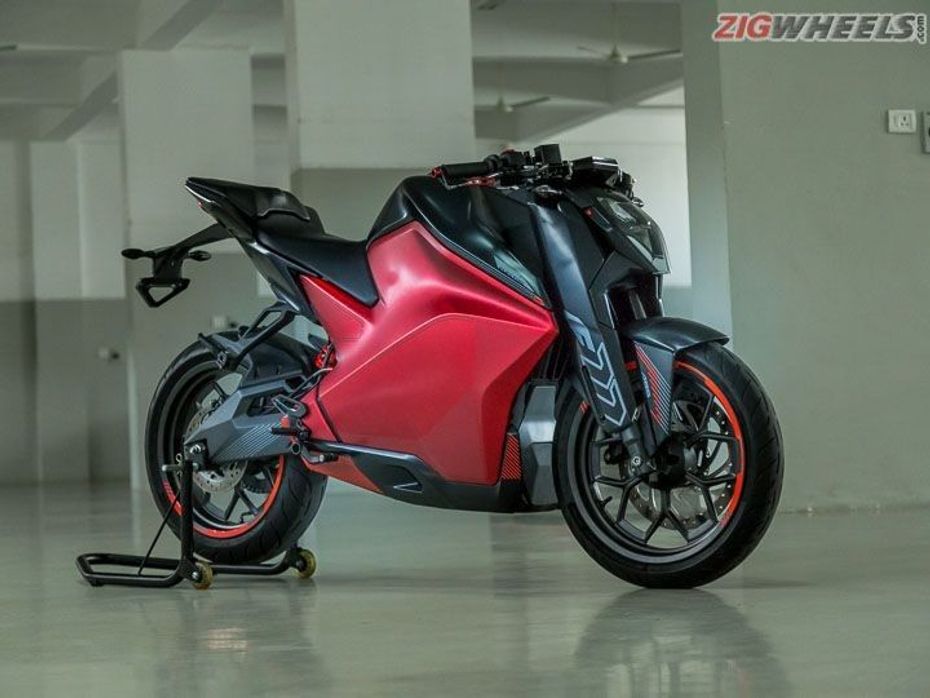
ZW: The testing team’s zeal must have given the development team back in Bengaluru some sleepless nights?
Niraj Ramohan: At one point we wondered whether they were going to come back with the motorcycles or not! The change in plans came as quite a surprise to all of the engineers in the building. The pictures of what they were doing in Hampi and Chikmanglur came in–we saw that it was being tested on rocky surfaces, sand, saltwater; it was quite crazy. So we knew they were going to be pushing the bike to its limits, but we didn’t know where those limits lie and that they are going to go way past any limit that we thought existed. Surprisingly, the bikes held up well!
ZW: So what did you learn from the torture test? What changed?
Narayan: This whole experience gave us the edge case scenario that we could have not simulated. For instance, when you are riding offroad there are a lot of times when the tyres are not in contact with the road. In such cases how does the controller interface with the motor? What happens to the power delivery? Motor RPM cannot go up too much so that you do not skid when you land. What happens if you are stuck in a marsh, half a wheel deep in muck; how do you deliver enough power to get out of that?
Every night we used to have a briefing with the team in Bengaluru. They would download the data and analyze it to see what addition could be done to the program to cater to different use cases. We experimented with a lot of things and now we have gotten to a good balance where we can prioritise safety and where we need to prioritise performance.
ZW: So will it get an off-road mode?
Narayan: You’ve got to wait and find out, but the point was the platform should be capable of any use case.
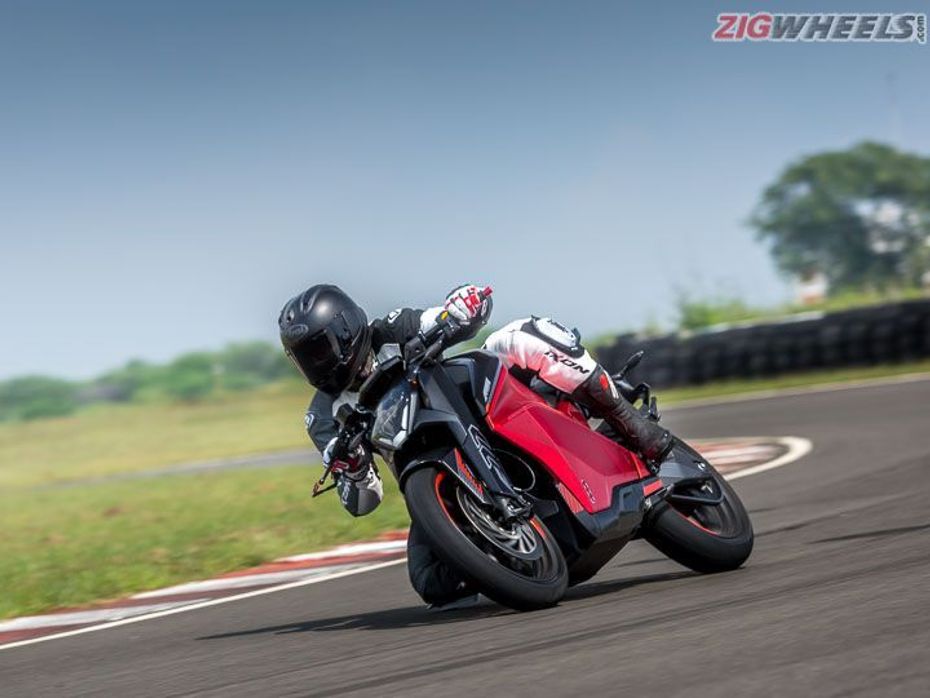
ZW: Our biggest complaint with the F77 when we rode it at the MMRT was the inability to build a sense of connection with the bike because of the lack of consistency in performance. Have you been able to tackle that?
Vinayak Bhat, Technical Director: We understood at the race track that your lap times should remain consistent. All our effort has gone into keeping consistency or performance of various ride modes. A rider must connect with the vehicle, and for that, the vehicle behaviour should not change with time or the battery’s state of charge. It should be a vehicle controlled by the rider, not the vehicle controlling the rider. We have been checking our performance and top speeds and how we can keep this consistent for X% of the battery. Then when it drops lower it indicates to the rider that the SOC is too low to do something insane like when you started.
ZW: So these are software controls, but has it resulted in a drop in performance? And what mechanical changes have been made?
Vinayak Bhat: We are looking at slightly reducing the peak power to maintain the level throughout. But there have been changes in the drive ratios so overall it is going to be as zippy as it was at MMRT. However, in terms of numbers, there could be a variation here or there.
We are at a good stage to say that it’s going to be a sporty kind of motorcycle. The gearbox, or the motor mount, becomes a very critical part in our case as it acts as a stressed member uniting the main frame, the cradle frame, the seat frame and the swingarm. So we had to add cross members to increase the torsional stiffness. This has also impacted how the motorcycle sounds. The way the chassis flexes also has an impact on the way the gears sound.
ZW: The F77’s low centre of gravity meant that its agility could have been improved. Have these changes had any impact there?
Vinayak: All of these additions of material to increase stiffness have also increased the weight a bit. This is on the good side as CG is going higher and it will be more top-heavy than what you rode at MMRT.
ZW: The F77 was far from production-ready when we last met. There was a smartphone parading as an instrument cluster. How is that coming along?
Anushka Tendolkar, Senior Visual & UX Designer: We are going to have bike enthusiasts focussed on riding more than the gimmicks so we have a conscious decision to not put a touchscreen. We have a four-button module, and using UX testing have given them gestures like quick press or long-press to do different things on the bike. For the display itself, for the speedometer, we have created a custom font. The display has a motion when you go forward and the colours also change depending on your speed, so at a glance, you can understand where you are at. The shades in the UI, the motion used for the interface and the physical controls will give a sense of robustness that riders transitioning from ICE to EV would miss. Electric doesn't just mean going digital, it's a good combination of what is there right now too.
ZW: Talking about EVs and robustness raises many questions. What are the things that have been on your radar?
Niraj: We have built our battery management system to handle abuse - like an ICE mechanic connecting a 220-240V line to the battery pack! This would result in frying the cells, electronics, and could result in a catastrophic failure like a fire on the battery pack. In such a scenario the battery pack has to be able to withstand such torture and that is something we have built into our vehicles as well. A fuse can react in one or two seconds, electrical systems are meant to operate in hundreths of milliseconds, and software protections can kick in in microseconds. Over 13 generations we have built a battery management system that you can push its limit and it takes just a simple internal reset and its back functioning again.
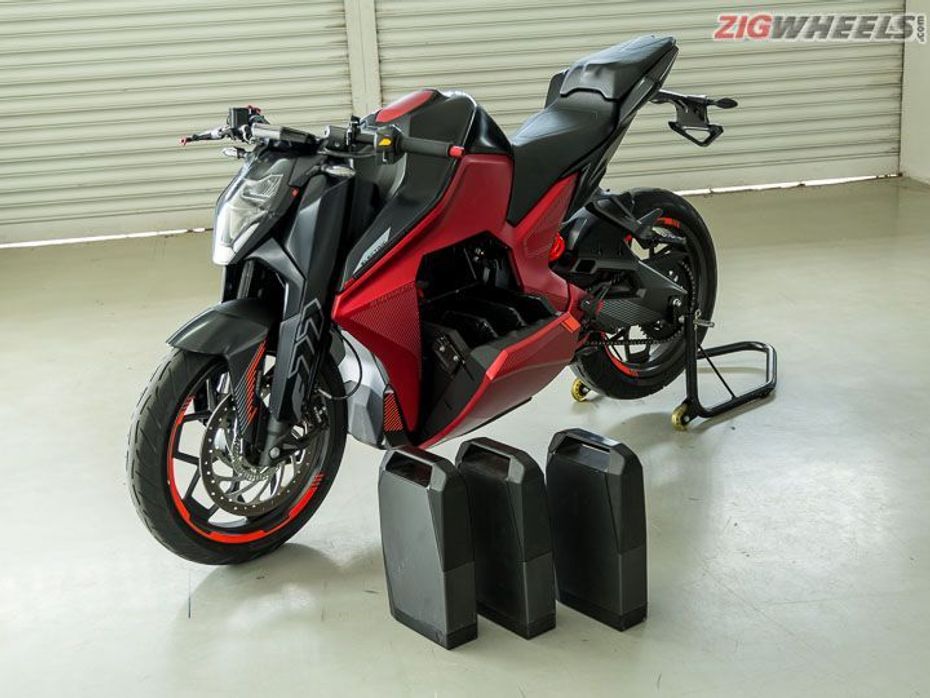
ZW: If we talk about EV’s we have to talk about range.
Narayan: We’ve got some fundamental updates to the battery, so the range can be expected to be higher (UV had claimed 140km at launch). We have developed battery tech that is capable of delivering 200km of real world range on the F77! ( Editor’s note : Ultraviolette confirmed this huge update via email after our visit to their HQ)
ZW: What about charging solutions?
Ganesh Narasimhan - Senior Principal Engineer: We have designed a compact, IP67 rated onboard charger as a convenience to the user. It is half the size of similar chargers in the market. We also have a portable fast charger that you can carry in a backpack when going long distances. In terms of charging time, it will take overnight charging with the onboard charger, and with the portable charger, it would take under two hours.
ZW: Taking your product from concept into production must be quite challenging for a start-up. What kind of challenges do you have to deal with F77?
Nisha Gupta - Technical Lead - Vehicle Engineering: Taking an example, the headlamp is a distinctive element of the F77. Designing and engineering can take 4-5 months with steps like sketching, styling, 3D design, regulatory, homologation checks, durability simulations and many more. Once all this is done, only then can we have a detailed discussion with a supplier.
In the case of this headlamp, the supplier suggested design changes keeping mass production in mind. However, the design proposed by the supplier was not acceptable as the headlamp is our style element, and we don't want to compromise on this. Instead, we made some minor tweaks to the headlamp bezel design which met the supplier’s requirements without compromising on our style intent which is our signature design. And we are happy to take this vehicle into production.
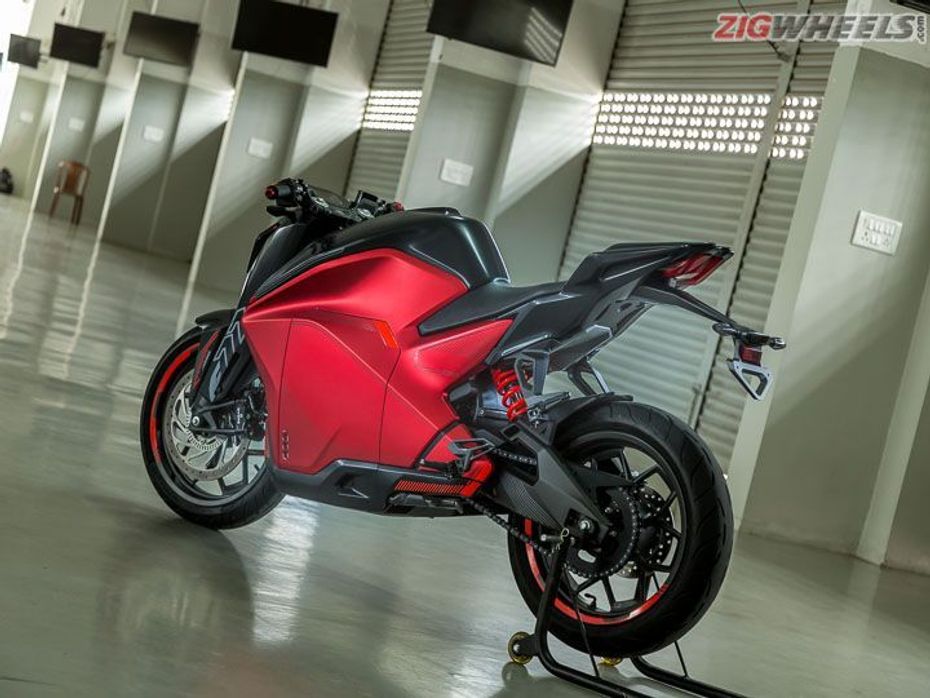
ZW: So it seems the F77 is ready. So when can we sample it?
Narayan: Q1 2022 is the plan. Here (at the R&D centre ) we make tens of vehicles, but that is going to be ramped up to 100s and 1000s at a new production facility. We are being conservative on our production plans with the first two quarters to optimise and fine-tune the production. Quarter three onwards is when we scale up production and we are looking at 15000 vehicles in year 1.
So just a bit more...
So the F77 is closer and we would expect its price to remain in the Rs 2.2-2.5 lakh range. This would put it on par with the Apache RR310 and the 250 Duke. But can it go head to head against them? That’s something we look forward to finding out in March 2022.
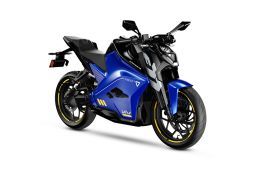

Exclusive: Ultraviolette Claims Over 200km Range For the Updated F77

Ultraviolette Might Be Working On An Electric ADV

BREAKING: Ultraviolette F77 Super Street Launched in India

Ultraviolette Street Naked Bike Patented In India

Can You Tour On An Electric Bike? One Ultraviolette F77 Rider Firmly...

Ultraviolette F77 To Become More Expensive From January 2025

Ultraviolette Concept X Unveiled At EICMA 2024
 Srivaru Motors Prana 2.0
Srivaru Motors Prana 2.0
 Joy e-bike Beast
Joy e-bike Beast
 Ultraviolette F77 SuperStreet
Ultraviolette F77 SuperStreet
 Royal Enfield Continental GT 650
Royal Enfield Continental GT 650
India's largest automotive community
 Mahindra BE 6
Rs. 18.90 Lakh
Mahindra BE 6
Rs. 18.90 Lakh
 Hyundai Creta Electric
Rs. 17.99 Lakh
Hyundai Creta Electric
Rs. 17.99 Lakh
 Mahindra XEV 9e
Rs. 21.90 Lakh
Mahindra XEV 9e
Rs. 21.90 Lakh
 MG Windsor EV
Rs. 13.99 Lakh
MG Windsor EV
Rs. 13.99 Lakh
 Vayve Mobility Eva
Rs. 3.25 Lakh
Vayve Mobility Eva
Rs. 3.25 Lakh